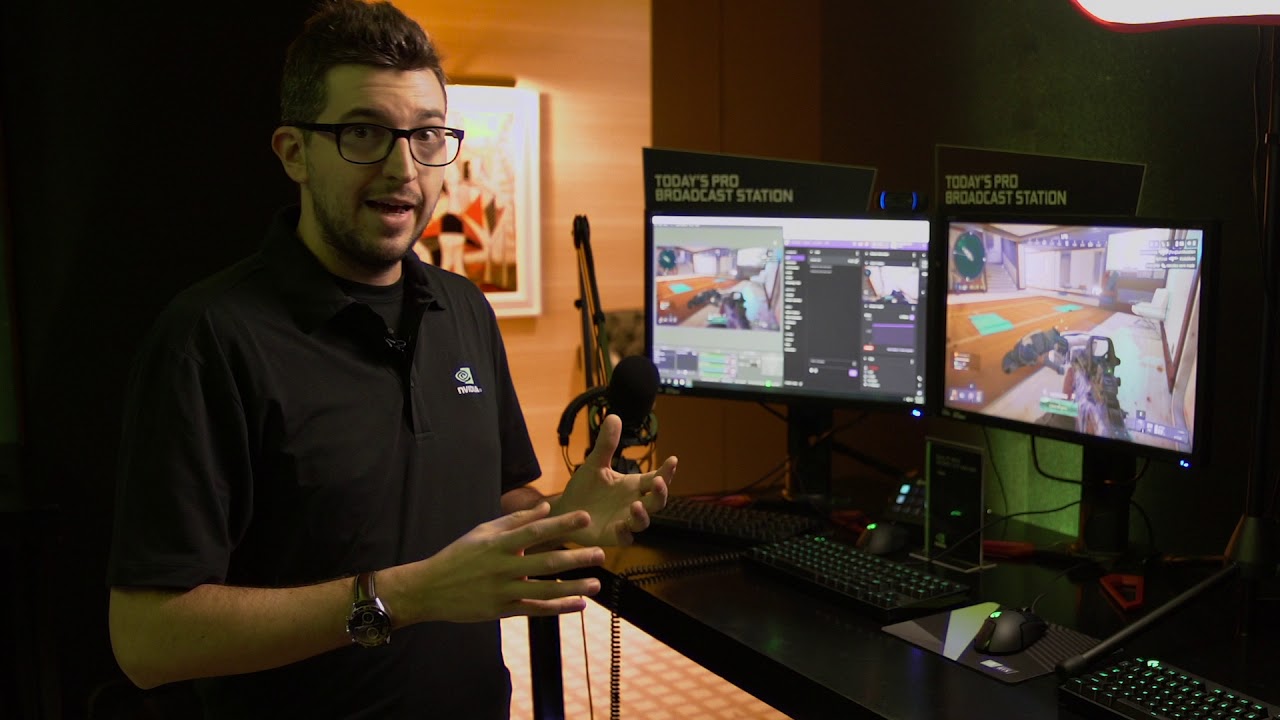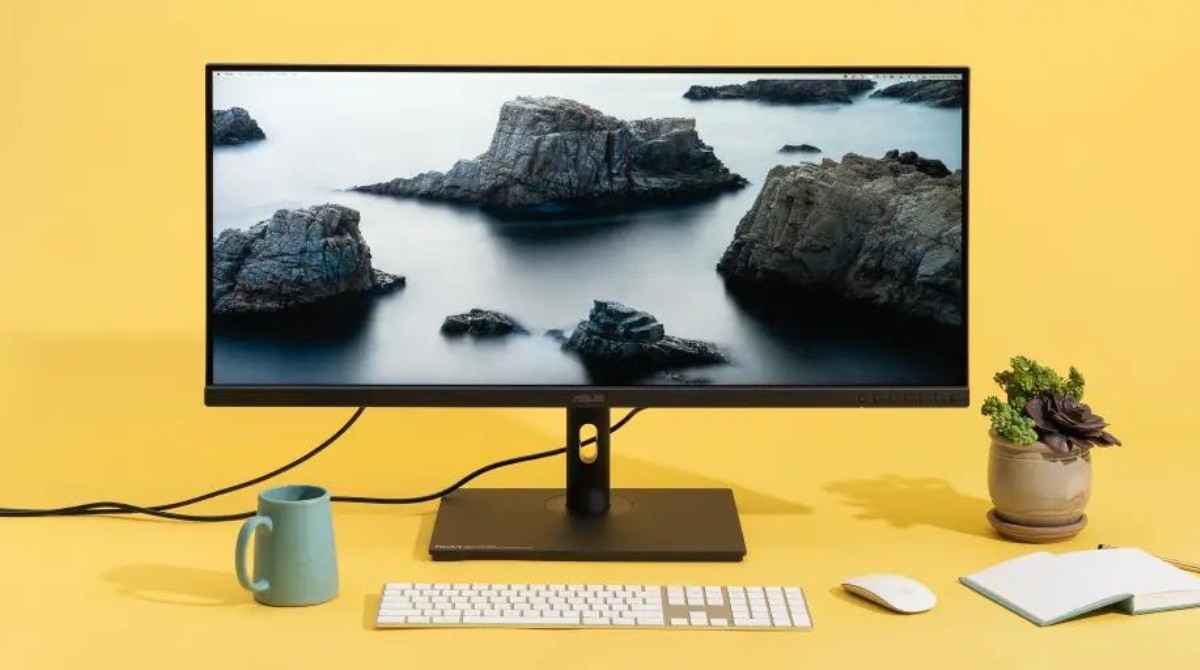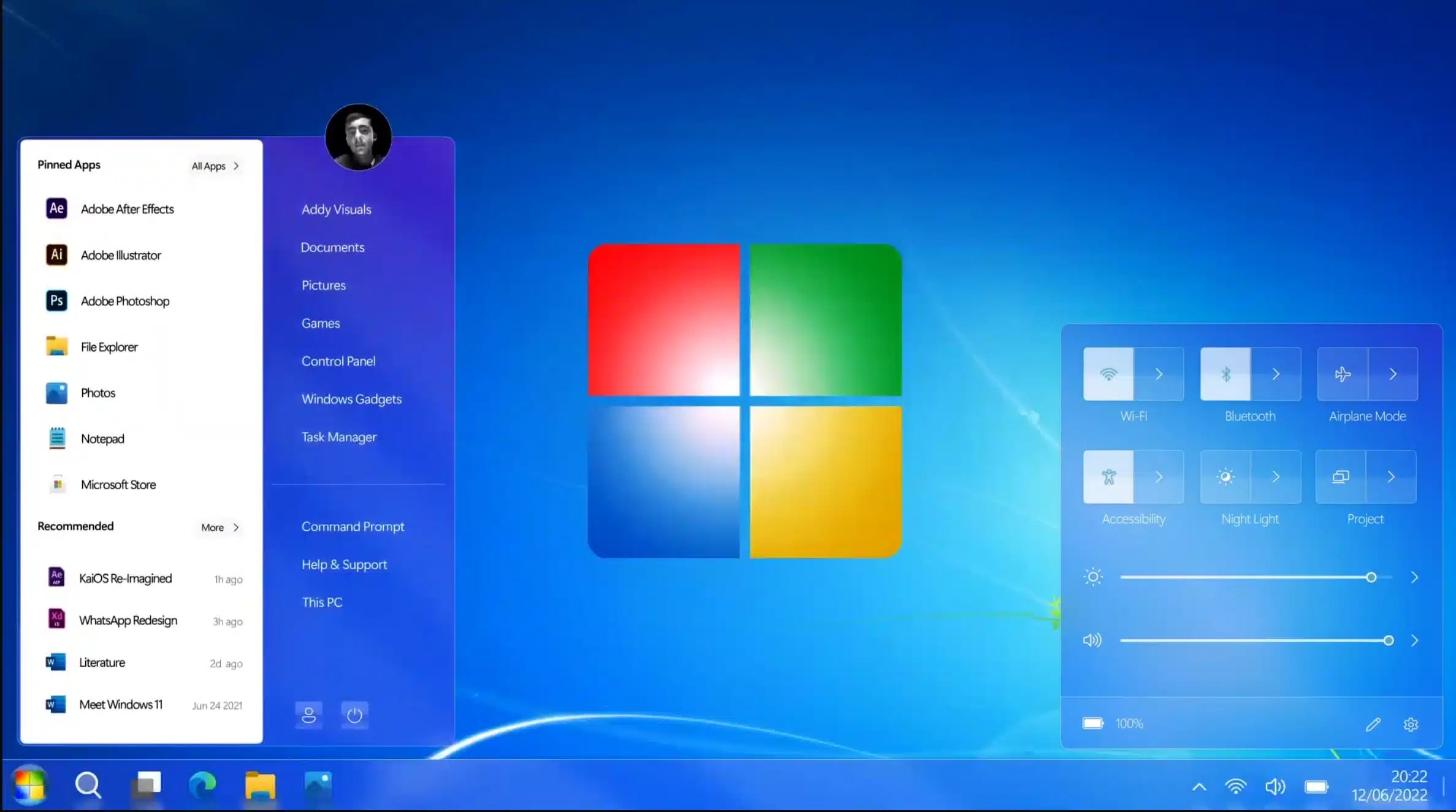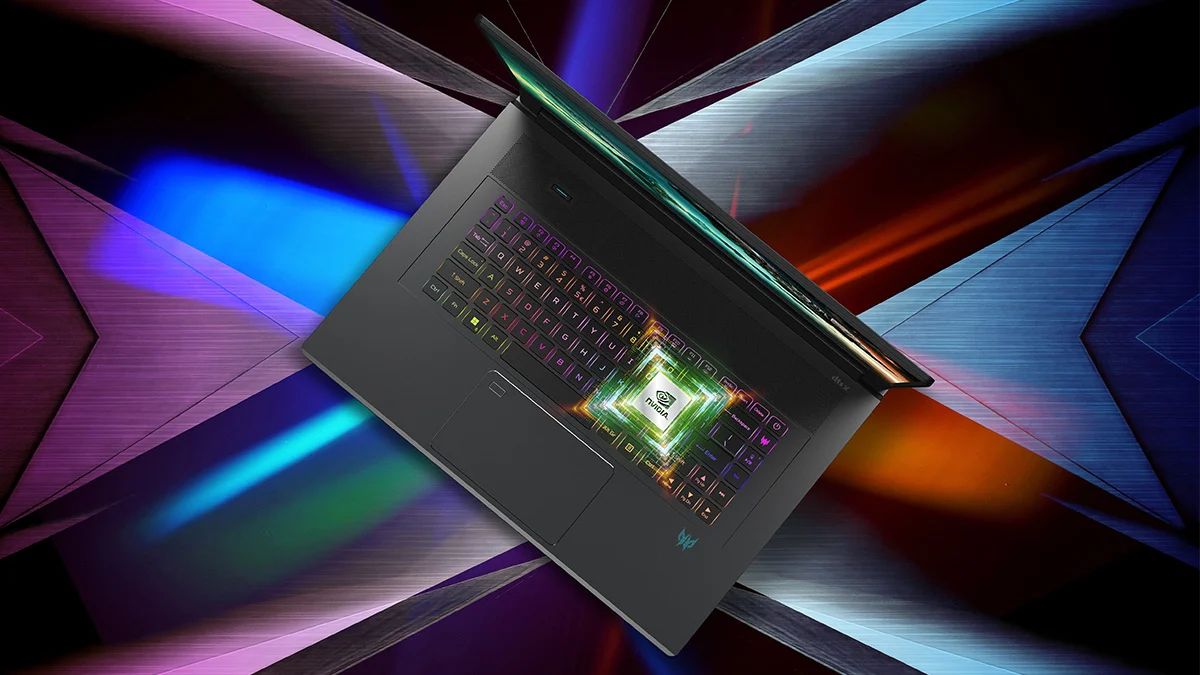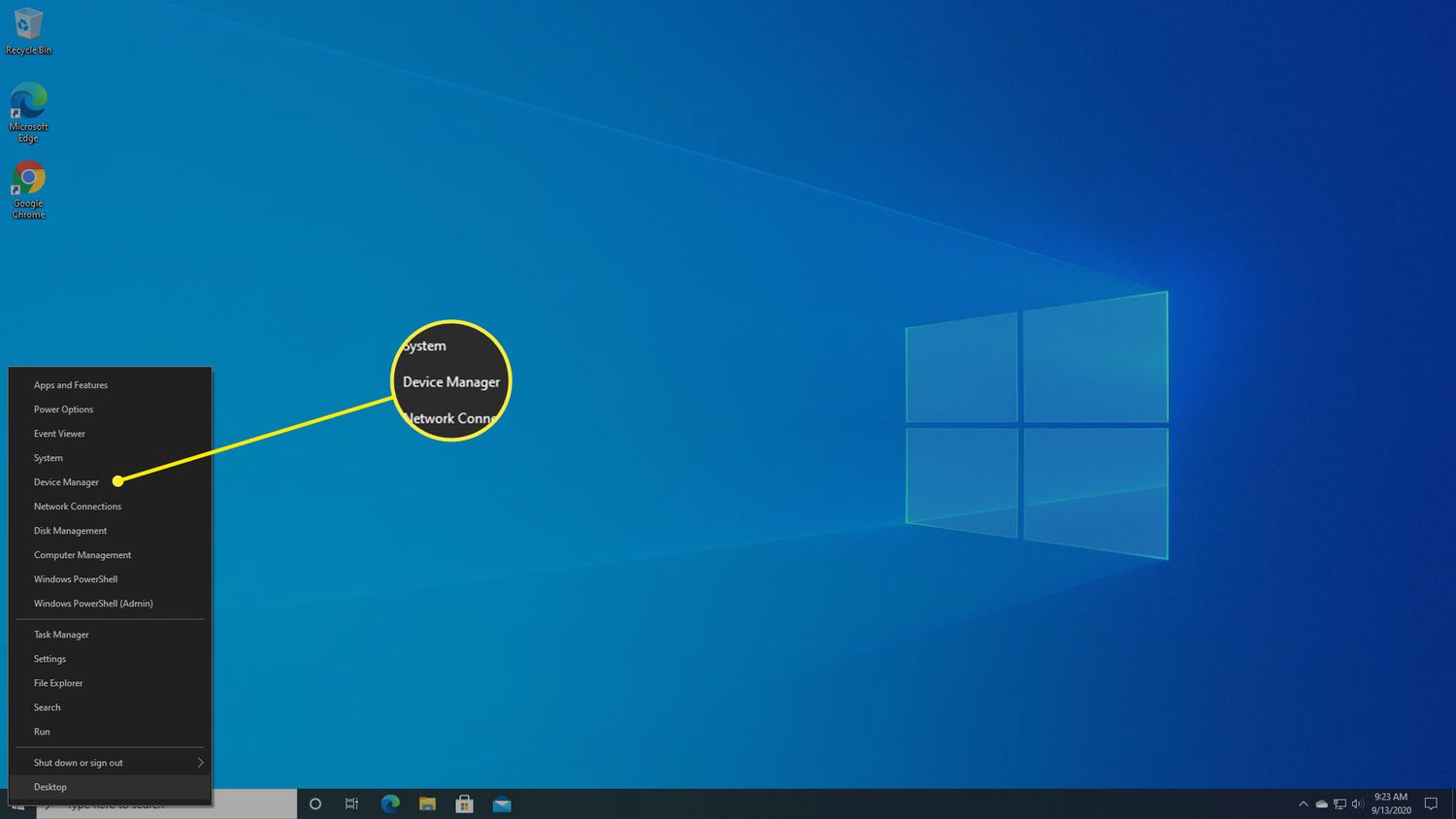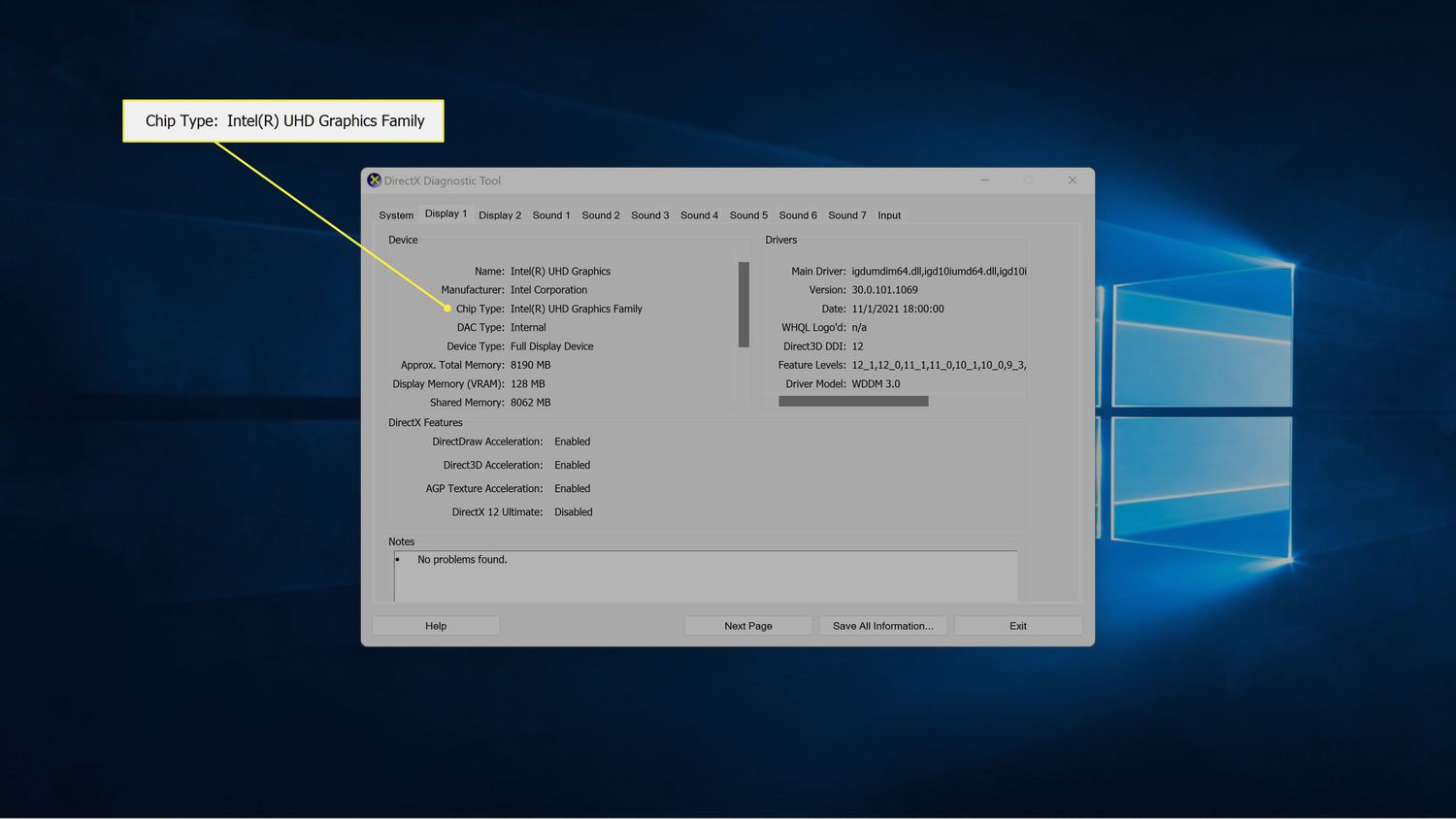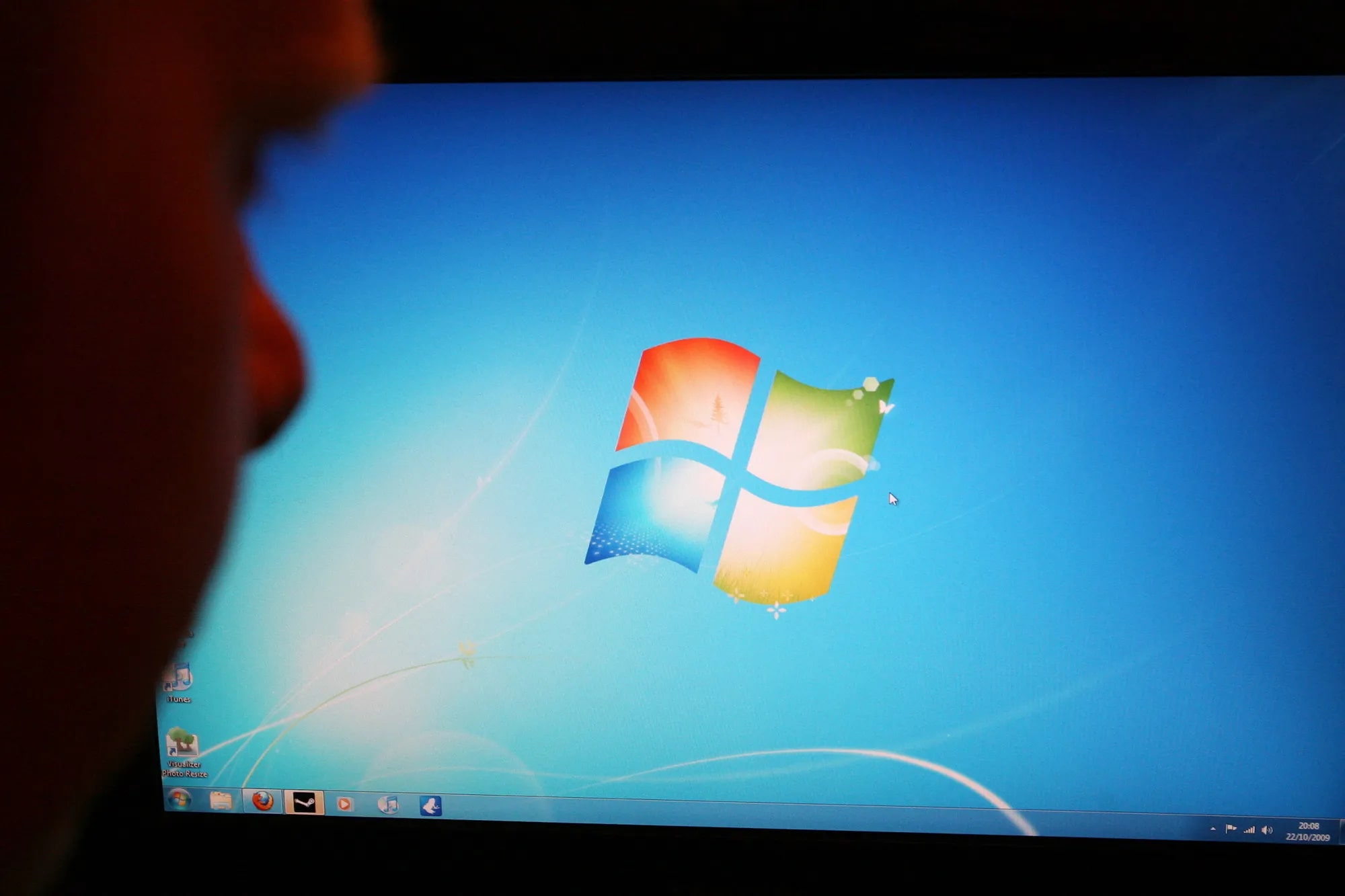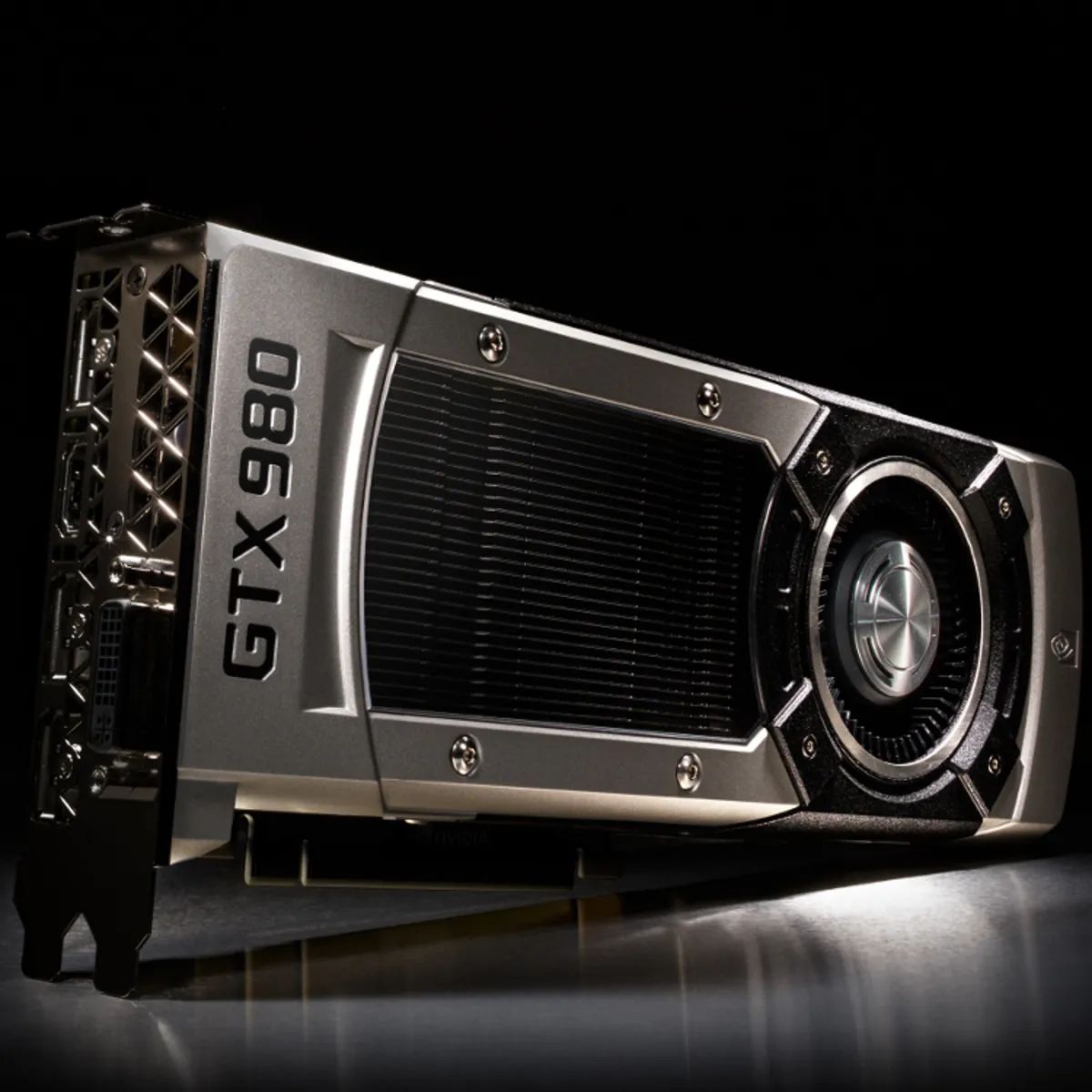Introduction
Updating your graphics card driver is crucial for maximizing the performance and stability of your computer’s graphics capabilities. Whether you’re a professional gamer, a graphic designer, or simply a casual computer user, having the latest drivers installed ensures that your graphics card can handle the latest software and hardware advancements.
A graphics card driver is a software program that communicates between your operating system and the video card hardware. It acts as a translator, enabling your computer to understand and utilize the full capabilities of your graphics card.
With each driver update, manufacturers release optimizations, bug fixes, and new features that enhance the performance and compatibility of your graphics card. By regularly updating your driver, you can experience improved graphics performance, reduced lag, and enhanced visual quality in games and multimedia applications.
While some operating systems offer automatic driver updates, Windows 7 users may need to manually update their graphics card driver. This article will guide you through the process, ensuring that you have the most up-to-date drivers installed on your Windows 7 system.
Before we delve into the steps, let’s first learn how to check your current graphics card driver version.
Why should you update your graphics card driver?
Updating your graphics card driver is essential for a variety of reasons. Here are some key benefits of keeping your graphics card driver up to date:
1. Improved performance: Each driver update often includes optimization that enhances the performance of your graphics card. This means better frame rates, smoother gameplay, and faster rendering of graphics in games, 3D modeling software, and other graphics-intensive applications.
2. Bug fixes and stability: Graphics card manufacturers regularly identify and fix bugs and compatibility issues through driver updates. By installing the latest driver, you can minimize crashes, system freezes, and other stability issues that may arise due to outdated or incompatible drivers.
3. Support for new features: As software and technologies evolve, developers incorporate new features and functions that may require updated drivers to fully utilize them. By keeping your graphics card driver current, you ensure compatibility with the latest features, including advanced graphical effects, VR support, and hardware acceleration for multimedia tasks.
4. Security enhancements: Outdated drivers can sometimes expose your system to security vulnerabilities. Graphics card manufacturers release driver updates to address these vulnerabilities and provide security patches to keep your system protected from potential threats.
5. Compatibility with new software and hardware: New software releases and hardware components often require up-to-date graphics card drivers. If you don’t update your driver, you may encounter compatibility issues and may not be able to run certain games or applications, or utilize new hardware features.
It’s important to note that while automatic driver updates are available on some operating systems, Windows 7 users may need to manually update their graphics card driver. Now that you understand the importance of updating your graphics card driver, let’s move on to the next section, where we’ll learn how to check your current graphics card driver version.
How to check your current graphics card driver version
Before updating your graphics card driver, it’s important to check your current driver version to ensure you’re installing the correct update. Here is a step-by-step guide on how to check your graphics card driver version in Windows 7:
- Click on the “Start” menu in Windows 7 and select “Control Panel”.
- In the Control Panel window, navigate to the “Device Manager” option and click on it.
- Expand the “Display adapters” category by clicking on the arrow next to it.
- Right-click on your graphics card and select “Properties”.
- In the Properties window, navigate to the “Driver” tab.
- Within the Driver tab, you will find the driver version information, including the version number and date.
Make a note of the driver version so that you can compare it with the new driver version when searching for updates. If your driver version is outdated or you want to take advantage of the latest features and improvements, it’s time to update your graphics card driver.
Now that you know how to check your current graphics card driver version, let’s move on to the next section where we’ll explain how to find the correct driver for your graphics card.
Finding the correct driver for your graphics card
When it comes to updating your graphics card driver, it’s crucial to find the correct driver for your specific graphics card model. Installing an incorrect driver can cause compatibility issues and potentially harm your system’s stability. Here are some steps to help you find the correct driver:
- Identify your graphics card model: The first step is to determine the model of your graphics card. You can do this by checking the specifications of your computer or by opening the Device Manager (as explained in the previous section) and noting down the exact model name.
- Visit the manufacturer’s website: Once you know the model of your graphics card, visit the official website of the manufacturer. Examples of popular graphics card manufacturers include NVIDIA, AMD, and Intel. Navigate to the support or downloads section of the website.
- Search for drivers: Look for a section dedicated to graphics card drivers or driver downloads. Enter your graphics card model in the search or filter options to narrow down the results to the drivers specifically designed for your card.
- Download the correct driver: Locate the latest driver that is compatible with your operating system and download it to your computer. Take note of any additional instructions or requirements mentioned on the download page.
It’s worth mentioning that some graphics card manufacturers provide driver update utilities or software that can automatically detect and download the appropriate driver for your system. If such a tool is available, consider using it for a simpler and more streamlined driver update process.
Now that you understand how to find the correct driver for your graphics card, let’s move on to the next section where we’ll explore the step-by-step process of updating your graphics card driver in Windows 7.
Steps to update graphics card driver in Windows 7
Now that you have identified the correct driver for your graphics card, it’s time to update it in Windows 7. Follow these steps to ensure a successful driver update:
- Open the “Device Manager” by clicking on the “Start” menu and selecting “Control Panel”. In the Control Panel window, navigate to the “Device Manager” option and click on it.
- Expand the “Display adapters” category by clicking on the arrow next to it.
- Right-click on your graphics card and select “Update driver software”.
- Choose the option to “Search automatically for updated driver software”. Windows will then search for the latest driver version online and install it if available.
- If the automatic search doesn’t find the latest driver, you can manually install the driver. To do this, click on “Browse my computer for driver software” and navigate to the location where you saved the downloaded driver file.
- Select the driver file and follow the on-screen instructions to complete the installation process.
- Once the driver installation is complete, restart your computer to apply the changes.
After the restart, your graphics card driver should be successfully updated to the latest version. You can verify the update by checking the driver version in the Device Manager, as explained in the previous section.
It’s important to note that some graphics card manufacturers may have their own proprietary driver installation software. If this is the case for your graphics card, follow the instructions provided by the manufacturer to update your driver using their software.
Now that you’ve successfully updated your graphics card driver, you can enjoy enhanced performance, stability, and compatibility with the latest software and hardware.
Troubleshooting common issues during driver update
Although updating your graphics card driver is a straightforward process, you may encounter some common issues along the way. Here are some troubleshooting steps to resolve these issues:
1. Incompatible driver: If you have downloaded and installed a driver, but experience compatibility issues or system instability, it’s possible that the driver is not compatible with your graphics card or operating system. In this case, uninstall the driver and try finding an alternative driver from the manufacturer’s website that is specifically designed for your graphics card model and operating system.
2. Driver installation failure: If the driver installation fails for any reason, try the following steps:
- Restart your computer and try installing the driver again.
- Make sure you have administrative privileges on your computer. Right-click on the driver installation file and select “Run as administrator”.
- Disable any antivirus or firewall software temporarily, as they can sometimes interfere with the driver installation process.
- If possible, try installing the driver in Safe Mode.
- If none of the above steps work, contact the graphics card manufacturer’s support for further assistance.
3. Rollback to previous driver: If you have updated to a new driver version and experience issues or conflicts, you may need to rollback to the previous driver version. To do this, open the Device Manager, right-click on your graphics card, select “Properties”, navigate to the “Driver” tab, and click on “Roll Back Driver”. Follow the on-screen instructions to complete the rollback process.
4. Perform a clean installation: Sometimes, remnants of old driver files can cause conflicts with the new driver installation. To perform a clean installation, uninstall the current driver completely using a driver uninstaller tool or the manufacturer’s driver uninstallation software. Once uninstalled, restart your computer and install the new driver from scratch.
If none of the troubleshooting steps mentioned above resolve the issues, it’s recommended to seek support from the graphics card manufacturer’s customer support or forums, where knowledgeable users and technicians can provide specific guidance based on your situation.
With these troubleshooting techniques, you should be able to overcome common issues that may arise during the graphics card driver update process in Windows 7.
Conclusion
Updating your graphics card driver in Windows 7 is a crucial step to ensure optimal performance, stability, and compatibility with the latest software and hardware advancements. By following the steps outlined in this guide, you can easily check your current graphics card driver version, find the correct driver for your specific graphics card model, and update the driver successfully.
Regularly updating your graphics card driver brings several benefits, including improved performance, bug fixes, security enhancements, and support for new features. It’s essential to keep your drivers up to date to fully utilize your graphics card’s capabilities and have a seamless experience while gaming, designing, or performing graphics-intensive tasks.
If you encounter any common issues during the driver update process, such as compatibility problems or installation failures, the troubleshooting steps provided should help you resolve them effectively. In case you require further assistance, don’t hesitate to reach out to the graphics card manufacturer’s support or online forums for guidance from experts.
Remember to always download drivers from official sources and verify that you’re installing the correct and up-to-date driver for your graphics card model and operating system. Regularly checking for driver updates and installing them as soon as they become available is a good practice to ensure that your graphics card performs at its best.
By keeping your graphics card driver up to date, you can unlock the full potential of your graphics card and enjoy a seamless and enhanced visual experience on your Windows 7 system.







